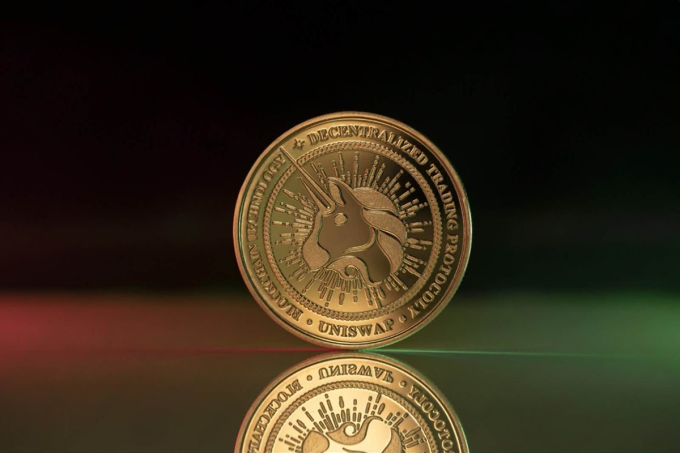As November trading kicks off, Bitcoin’s rally is reigniting optimism across digital asset markets, prompting analysts to question whether the crypto winter has finally thawed. The world’s largest cryptocurrency has climbed above $70,000 for the first time since August, marking a near 9% gain over the past week and outpacing traditional risk assets. This rebound—coming on the heels of a subdued October—suggests a sentiment shift that may be driven as much by market psychology as by fundamentals.
Market Context: From Consolidation to Momentum
After months of sideways movement between $60,000 and $68,000, Bitcoin has broken through technical resistance zones that capped gains through the third quarter. Analysts at several trading desks point to a “volatility compression breakout” pattern—where tightening ranges precede decisive moves—as a key driver behind the surge.
The macro backdrop remains mixed. U.S. Treasury yields have softened slightly, easing pressure on risk assets, while the Federal Reserve’s latest policy statement hinted at a pause in rate hikes. This has revived investor appetite for speculative exposure, particularly in Bitcoin and large-cap digital assets.
Ethereum has followed with a 6% weekly rise, trading near $3,650, while Solana extended its remarkable comeback with a 15% jump, making it one of the top-performing layer-1 tokens of the week.
Investor Sentiment: The Return of “Optimistic Caution”
Market sentiment indicators, such as the Crypto Fear & Greed Index, have moved from “neutral” to “greed” territory, now reading 68/100. Derivatives data show open interest rising on major exchanges like Binance and CME, while funding rates remain modest—suggesting that speculative leverage, though growing, hasn’t yet reached overheated levels.
Institutional flows are also picking up. Digital asset investment products recorded $240 million in net inflows over the past seven days, led by Bitcoin-focused funds, according to CoinShares data. Analysts say this reflects renewed institutional engagement following months of subdued participation.
Still, some traders caution against assuming a one-way rally. “We’re seeing constructive rotation, but markets remain highly reactive to macro data,” said Arjun Desai, a portfolio strategist at QuantEdge Capital. “A single inflation print or a hawkish Fed comment could test this new optimism.”
Behavioral Undercurrents: FOMO Meets Skepticism
Psychologically, the rally appears to be triggering an early-stage “fear of missing out” response among sidelined investors. Social sentiment trackers show a 22% rise in positive mentions of Bitcoin across major platforms, though analysts note that retail inflows remain muted compared with previous bull cycles. This tempered participation may actually be stabilizing prices by reducing volatility spikes typical of euphoric phases.
Blockchain data also reveal a shift: long-term holders are decreasing their exchange deposits, suggesting renewed conviction in Bitcoin’s long-term trajectory. At the same time, on-chain realized profits indicate moderate profit-taking, consistent with healthy market behavior.
The Road Ahead: Cautious Optimism or Early Euphoria?
Whether November’s surge marks the start of a sustained bullish cycle or just another short-term breakout will depend on macro stability and capital flows in the weeks ahead. If Bitcoin can maintain support above $68,500, analysts see potential upside toward the $74,000–$76,000 range before year-end.
For now, the mood across crypto markets feels reminiscent of early 2020—guarded optimism mixed with structural confidence. After a year of consolidation, the charts, sentiment, and capital trends all point to a market that’s once again daring to believe in momentum.













Leave a comment